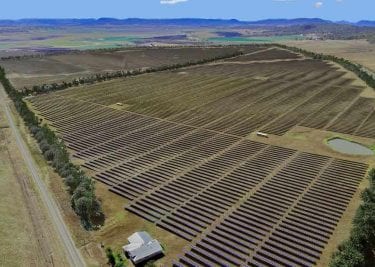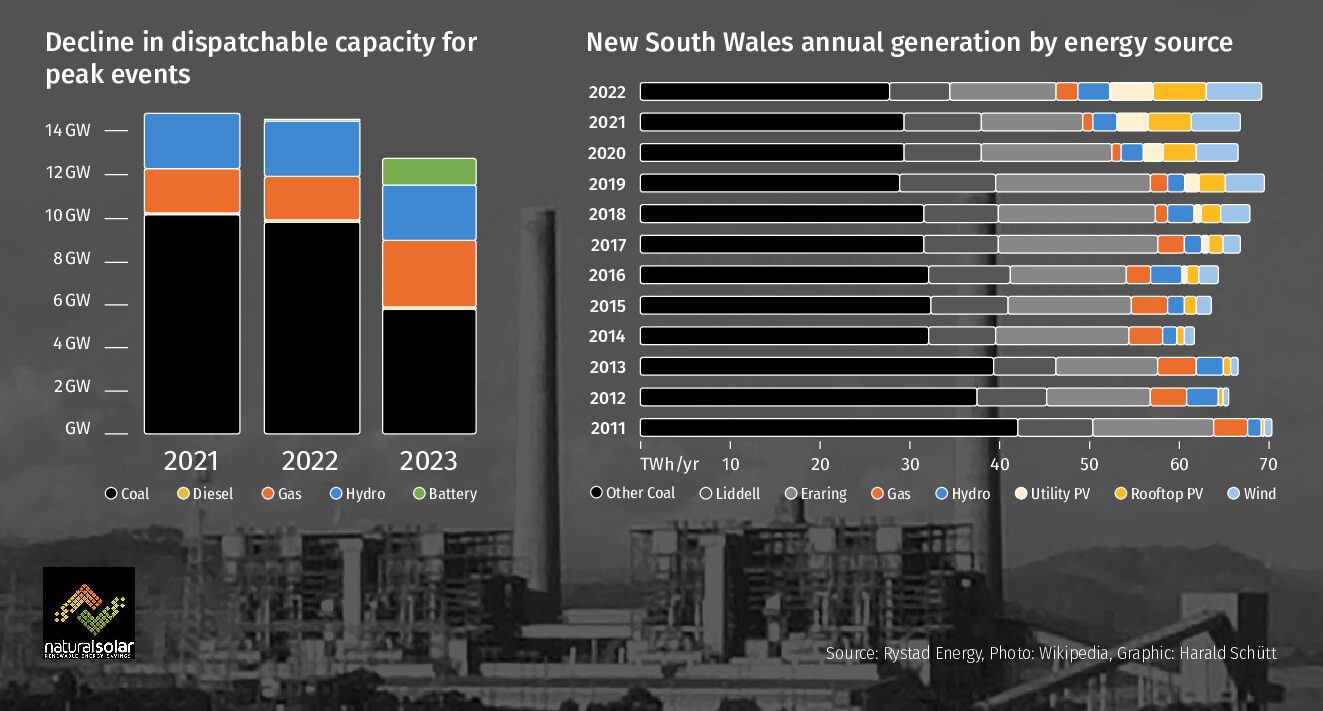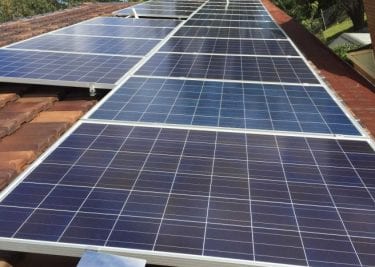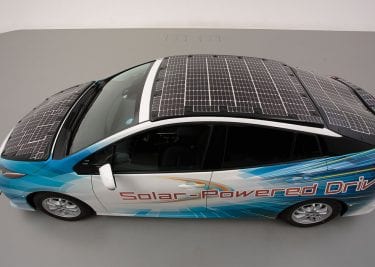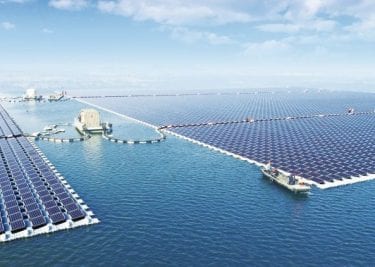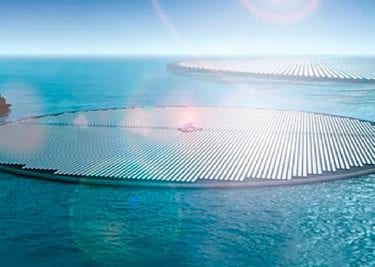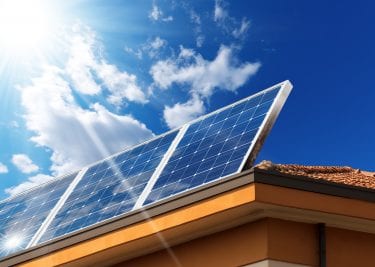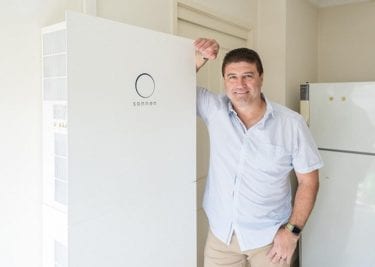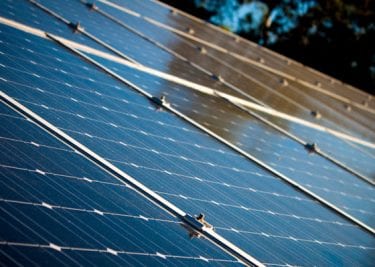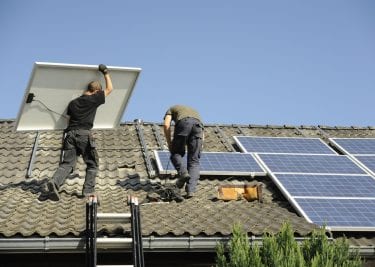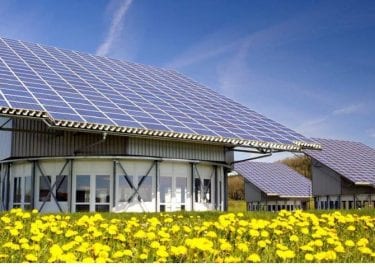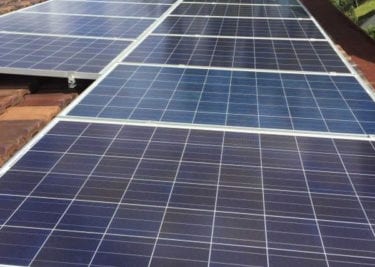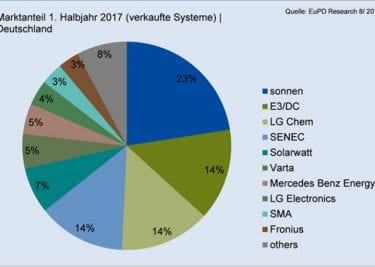Four years ago, Nick Pfitzner became the first person in Australia (and one of the first worldwide) to get a Tesla Powerwall battery storage solution. Now we’ve hit 2020, here’s the latest Tesla Powerwall review and a look at how the numbers have stacked up for the Pftizners.
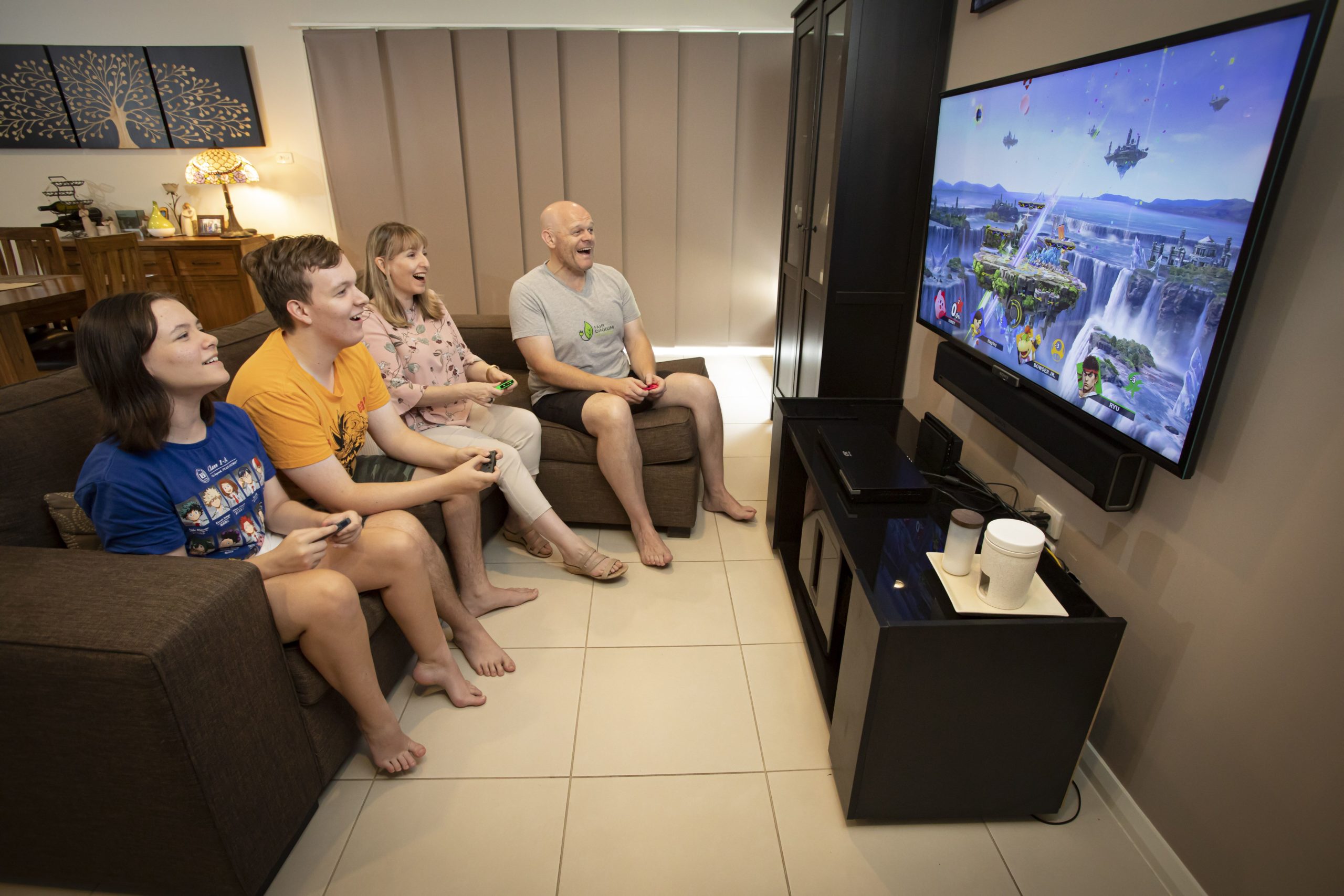
Meet the Pfitzners of the past
In 2016, Nick Pfitzner and his family were your typical family of four, living in Sydney. Their five-bedroom home had all the usual appliances most families need: air-conditioning, a dishwasher, a couple of TVs and a pool.
Their power bill was around what you’d expect too: an average of $572.29 each quarter.
Nick was already a fan of the Tesla electric car concept. So when he heard the company would be offering a ‘Tesla Powerwall’ home battery storage solution, he was keen to find out more. After all, with electricity prices rising, any money he could save had to be good.
But as there had never been one installed in Australia before, he couldn’t find any Tesla Powerwall reviews or even much research.
So he got in touch with us here at Natural Solar and we ended up installing a 5kWh solar system, complete with Tesla Powerwall battery… the very first in Australia. And the Pfitzners? They immediately started to see the benefits.
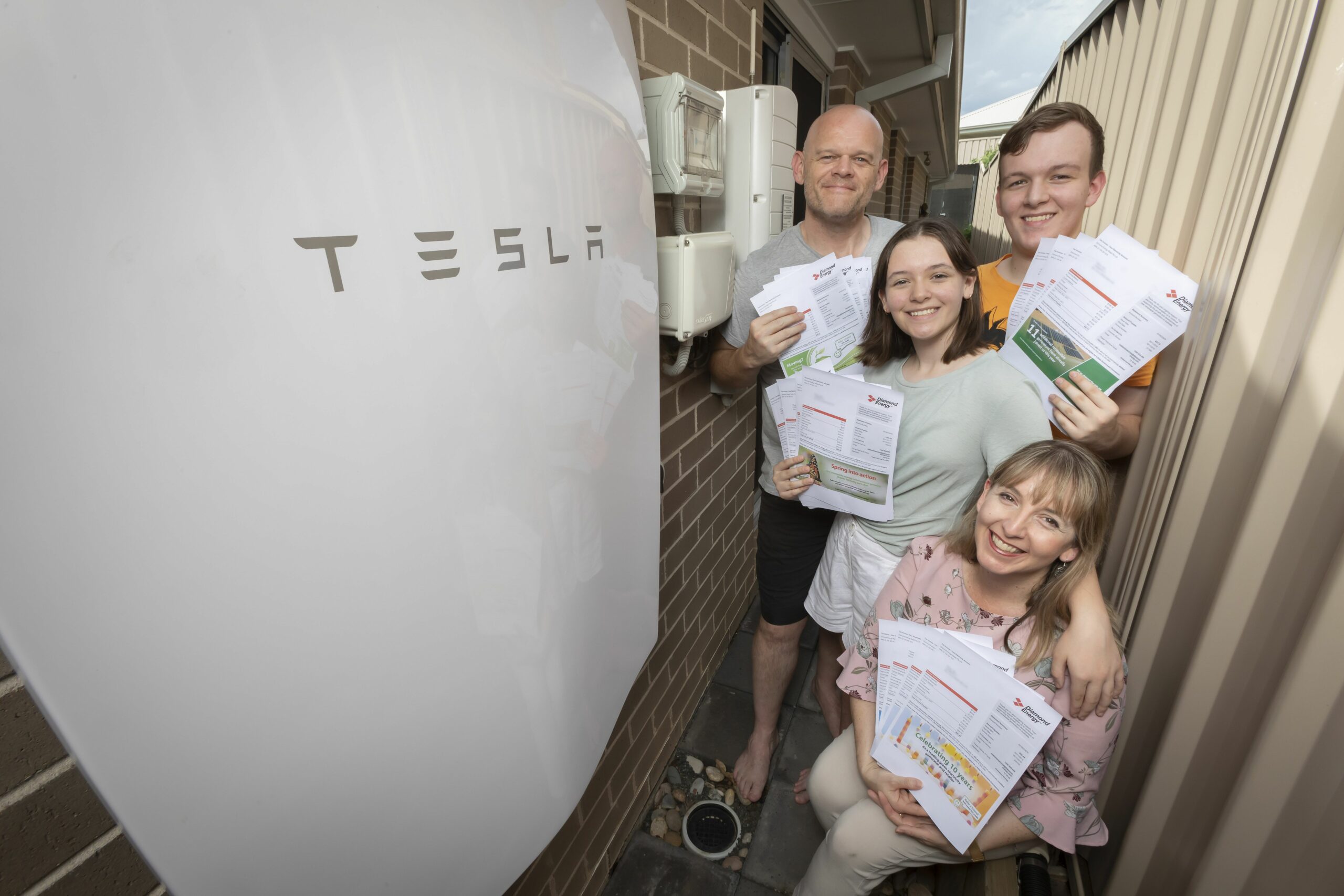
Meet the Pfitzners in 2020
So how are the Pfitzner’s electricity bills now?
Well, after only a year, they saw a 92% drop in their power bills. Yes, you read that right. A whopping 92% drop.
These days, their power bills average $45.16 per quarter. That’s over $2,000 less per year than before they installed their solar battery solution.
In fact, over the past four years, they’ve only paid $677.34 in TOTAL for electricity (around 46c per day). That’s around $100 more over those four years than they used to spend in a single quarter before they installed the Tesla Powerwall.
No wonder they couldn’t be happier with their decision.
Watch Nick Pfitnzer’s Tesla Powerwall review on Today here
What has their Return on Investment (ROI) been?
So do the Pfitzners think their solar battery solution was worth it? Let’s break down the numbers to figure out Nick’s ROI.
Nick originally paid $15,990 for his solar panels, inverter and solar battery system.
And remember that the family has only paid $677.34 over the past four years to power their house. Before the Tesla Power Wall, they’d have paid around $9,156.64 for the same period (that’s $572.29 per quarter x 16).
So they’ve saved around $8,479.40 over those four years.
And that, in turn, means they’ll have almost completely paid off the entire cost of the system in just seven years.
Is this a common story? Do most Tesla Powerwall reviews end up this way?
The good news is that the Pfitzners aren’t a special case.
Most Natural Solar customers who install a solar and battery solution see up to 90% reduction in their power bills. And many other customers also have an ROI period of seven years, just like Nick and his family.
“To see the numbers stack up after four years proves the technology is truly here to stay, and will likely only continue to grow with a huge demand worldwide.” Chris Williams, CEO & Founder of Natural Solar.
What is a Tesla Powerwall?
A Tesla Powerwall is a solar battery that hooks up to your rooftop solar system. It then stores any excess power your solar panels generate, so you can use it later, like at night or on cloudy days.
The Tesla Powerwall 2 has a 13.5kWh battery storage – which means that, in most cases, you have enough storage to last all night, so you don’t have to buy as much power from the main grid.
It’s also versatile enough that you can either add it to your existing solar system or install it as part of a new solar system and battery combination.
And it even comes with cloud-based energy consumption monitoring software. At Natural Solar we commonly see customers become more educated on their household consumption (due to the detailed electricity monitoring), including when and how much electricity they are using, and from which appliances. This awareness and education quite often leads to households becoming more in tune with their habits and ultimately using less electricity.
Want to know more? Our Tesla Powerwall page gives you all the ins and outs.
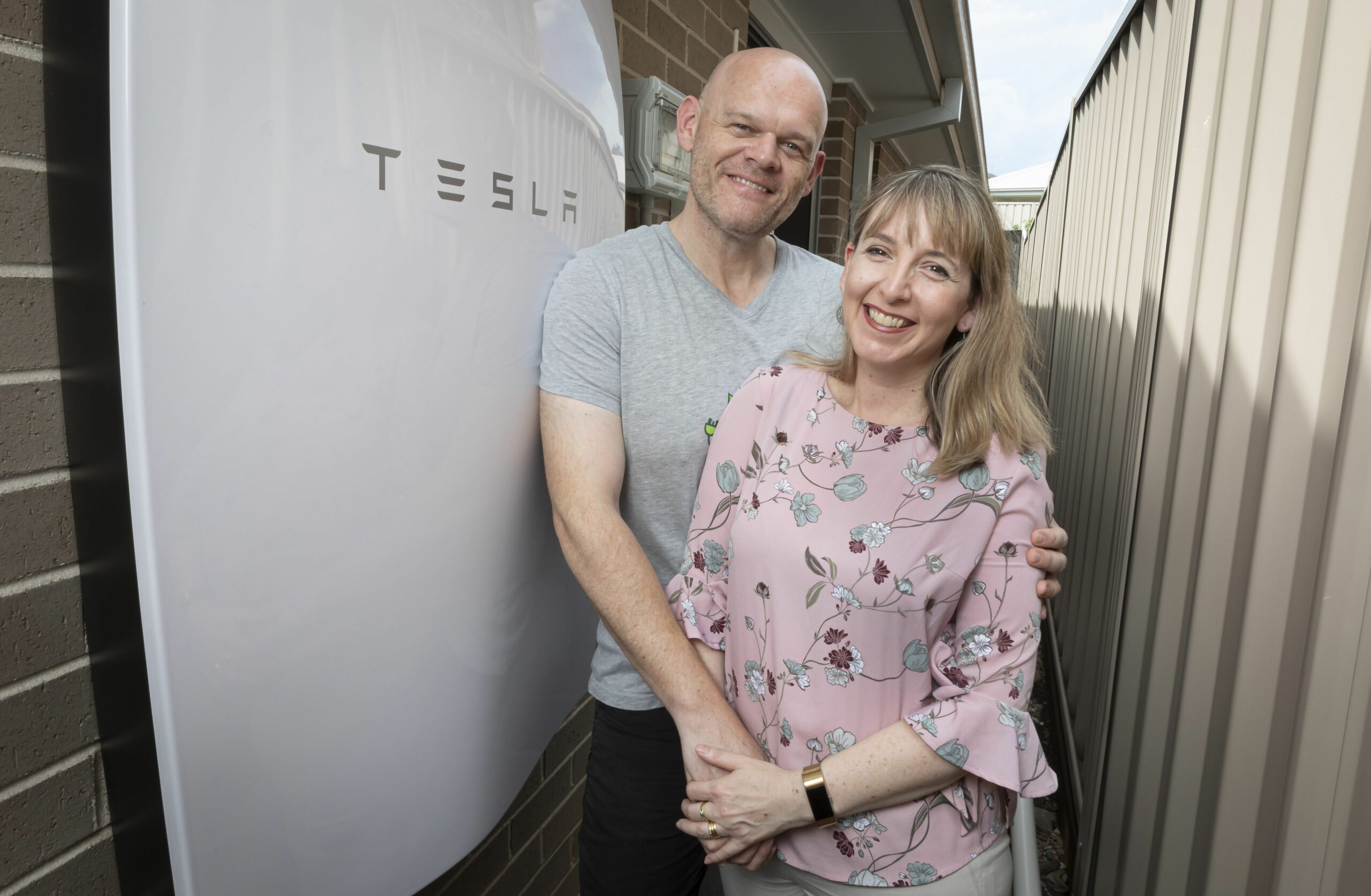
Why buy a solar battery?
The Tesla Powerwall is one of several reputable solar batteries on the market. But what are the general advantages of a solar battery? How is it better than a solar panel system on its own
Let’s look at a few key benefits:
- Save your excess electricity. You can charge your solar battery with any excess electricity you generate and/or with cheap, off-peak power from the grid. Then you have a fully charged battery, ready to use when you need it – like at night, during blackouts or on rainy days.
- Less reliance on the grid. A fully charged battery means you can weather blackouts while everyone around you is – literally – in the dark. No food spoilage from your freezer turning off, no cold tins of baked beans for dinner, and no missing out on your favourite TV episode or sports match.
- Greater savings than feed-in tariffs. Several years ago, governments offered fantastic buy-back rates to encourage people to take up solar systems. Unfortunately, those feed-in tariffs have now dwindled away to virtually nothing. Saving your excess electricity makes better financial sense than feeding it back into the grid.
- Reduce your household carbon footprint. Using clean green solar power stored in your own battery, as opposed to drawing carbon-intensive electricity from the grid, will see a significant reduction in your household’s carbon footprint.
- Growing take-up. There’s been a 15,000% increase – yes that’s right, 15,000% – in home battery installations worldwide in the last four years. Thousands of households are now choosing to install battery storage along with their solar system – and that many people can’t be wrong!
How much does a Tesla Powerwall 2 cost?
While Nick paid almost $16,000 for his complete solar power system comprising a Tesla Powerwall, solar panels and inverter. Installation of a Tesla Powerwall 2 today generally costs around $13,500-$14,000 for a 13.5kWh size battery. And, depending on where you live, you may be eligible for rebates to help offset that cost.
And with an ROI of around five to seven years and the price of power rising by an average of 10-15% every year, installing a solar power and battery storage solution NOW makes sense.



